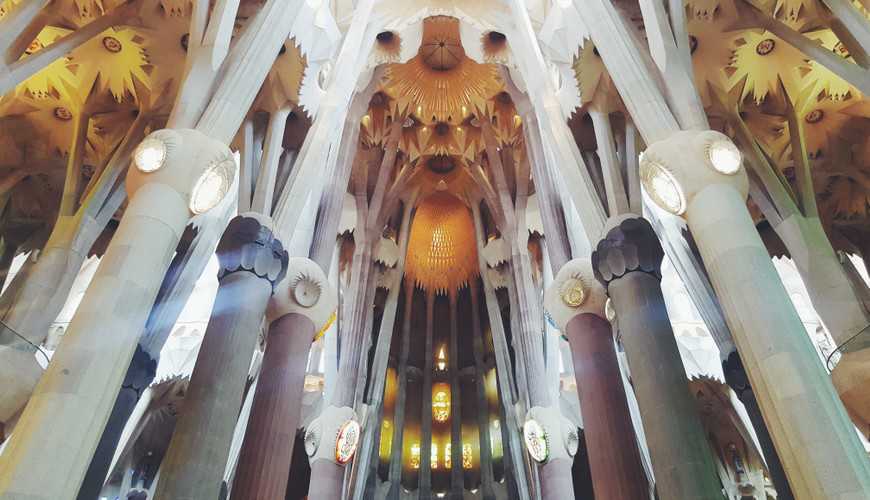How Many Megapixels is Best for a Camera
The question of how many megapixels is best for a camera is one that many photography enthusiasts ponder. With so many options on the market today, it can be overwhelming to determine the ideal number of megapixels for your needs. In this article, we will explore this topic in detail and recommend 5-10 cameras that offer the best combination of resolution, image quality, and overall performance. By considering the pros and cons of each option, we hope to provide you with valuable insights to assist you in making an informed decision.
When considering the number of megapixels in a camera, it is important to understand that higher megapixel counts do not necessarily equate to better image quality. While the number of megapixels contributes to the level of detail in an image, other factors such as sensor size, lens quality, and image processing capabilities also play significant roles in overall image quality. Therefore, it is crucial to strike a balance between resolution and other crucial aspects of photography.
One highly recommended camera in the market today is the Nikon D850, which boasts an impressive 45.7-megapixel sensor. This full-frame camera offers stunning image quality and exceptional low-light performance. Its high megapixel count allows for significant cropping and printing large-sized images without compromising quality. Additionally, the D850 features advanced autofocus capabilities and 4K video recording, making it a versatile choice for both photographers and videographers.
For those seeking a more compact option, the Sony A7R IV is a mirrorless camera that comes with a remarkable 61-megapixel resolution. This camera delivers unparalleled image sharpness and detail, making it ideal for landscape and nature photography. The A7R IV also boasts excellent dynamic range and low light performance, ensuring stunning results in various lighting conditions. Additionally, its advanced autofocus system and high shooting speeds make it suitable for capturing fast-paced action.
Moving on to medium format cameras, the Fujifilm GFX 100 stands out with its impressive 102-megapixel resolution. This camera combines exceptional image quality with a user-friendly interface, making it a top choice for professional photographers. The GFX 100 offers excellent color reproduction, wide dynamic range, and superb detail rendition, making it perfect for commercial and studio work. Despite its large sensor size, this camera features built-in image stabilization, ensuring sharp and blur-free images even in handheld shooting situations.

For users on a more modest budget, the Canon EOS 90D is a versatile DSLR camera that features a 32.5-megapixel sensor. This camera offers excellent image quality and a wide range of shooting capabilities, making it suitable for various genres of photography. The EOS 90D also benefits from Canon's renowned Dual Pixel autofocus system, providing fast and accurate focusing during both stills and video shooting. Its ergonomic design and extensive lens compatibility make it a popular choice among photography enthusiasts.
Another alternative in the mid-range category is the Panasonic Lumix G9, which comes with 20.3 megapixels and a Micro Four Thirds sensor. While its megapixel count may seem lower compared to other cameras on this list, the Lumix G9 compensates with excellent image stabilization and impressive burst shooting capabilities. This camera is particularly well-suited for wildlife and sports photography, thanks to its quick autofocus system and high continuous shooting speeds.
In summary, the number of megapixels that is best for a camera depends on individual needs and preferences. Higher megapixel counts can be advantageous for professional photographers who require extensive cropping capabilities or seek to capture fine details. However, it is essential to consider other factors such as image quality, sensor size, and overall performance when choosing a camera. Ultimately, the best camera for you is the one that strikes a balance between resolution and other crucial aspects of photography.
